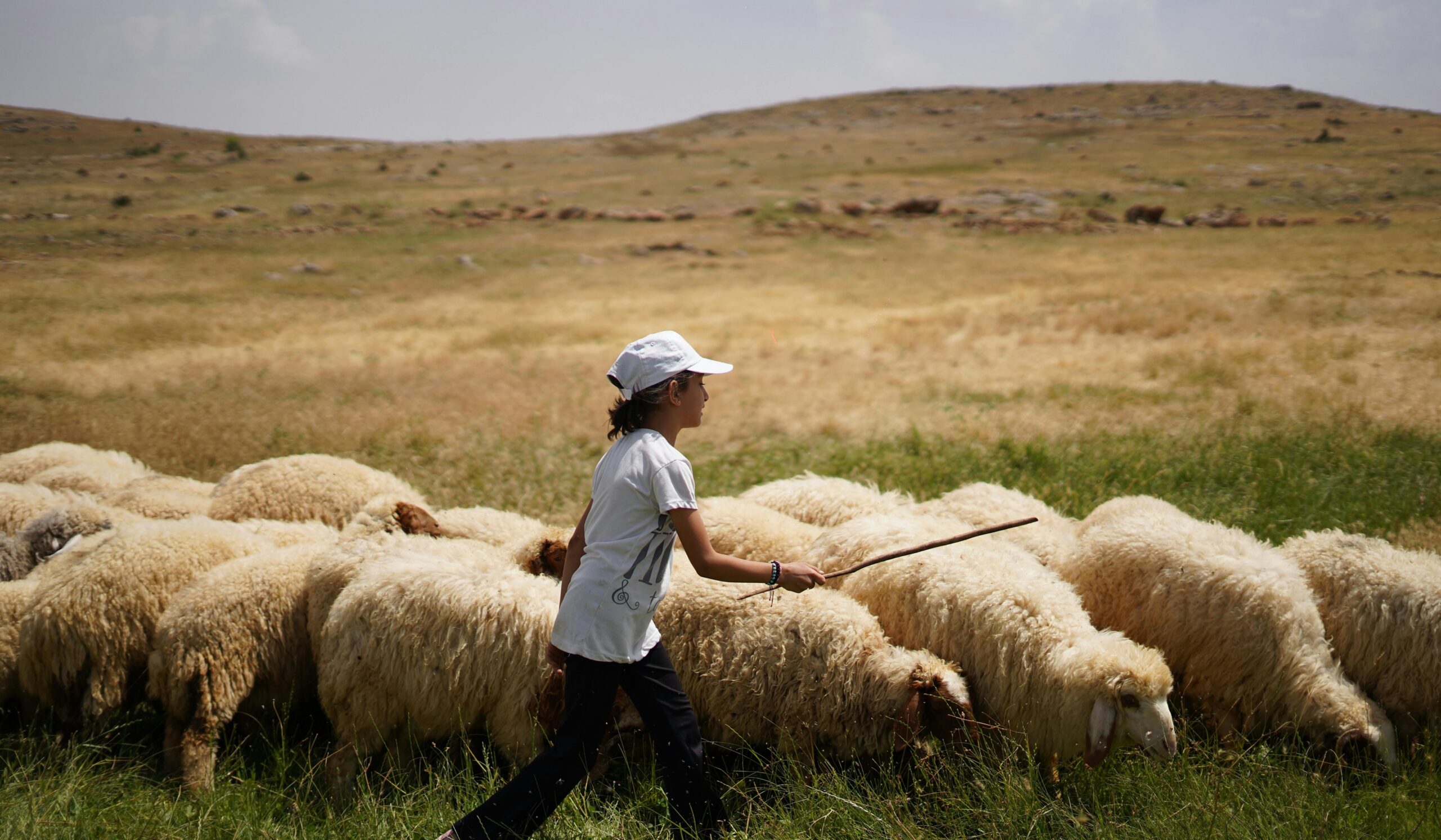
Why Many Students Still Aren’t Ready for Virtual Learning
I watched a revealing video made by Olivia, a freshman student from Toronto. It’s called “Numb,” and it’s just over three minutes long. It describes what life feels like for a kid who’s been forced to learn remotely. If you have three minutes, I encourage you to watch it here before reading my article below:

Olivia (Liv) isn’t an unmotivated student. She wins awards and loves going to summer camp, but she’s in anguish over the situation in which she finds herself. She isn’t ready for it. Like millions of other members of Generation Z, she’s stuck at home in front of a computer — in isolation and turmoil. Her situation begs the question:
Why did virtual classrooms fail miserably this year?
I believe at least one reason was that students weren’t ready to manage their own learning. While I’m not sure if this was part of Olivia’s dilemma, it definitely was for her counterparts all over North America. It may not be their fault though. Despite the rapid growth of online learning, many college students say they still prefer the traditional classroom setting. According to the results of a national research study published in USA Today, 78% of more than 1,000 students surveyed that they still prefer to learn in a classroom. Some of the reasons why include:
- Technical Challenges. Online learners are often hindered by glitches in technology.
- Safety. Virtual learners are frequently exposed to the flaws or dangers of the internet.
- Lack of Interaction. Online learners miss out on face-to-face interaction in a class.
- Lack of Motivation. Virtual learning lacks the natural incentives of in-person learning.
- Unpreparedness. Remote learners can become distracted since it feels impersonal.
Catherine Van Weele, a university student who took online courses said, “They are usually easy A’s and are time-efficient, but student learning outcomes tend to be lackluster. Students simply complete their assignments to receive credit for a passing grade, rather than genuinely engaging with the course material.”
Sharnell Blevins, a mom from Los Angeles said that the spring online classes her teen children attended were a disaster. “My kids weren’t setting their alarm clock to get up for class. They would tell me, ‘Half the class isn’t there mom. I don’t have to go.’”
My question is: have we helped students learn how to manage themselves well?

Four Ideas to Teach Students Self Management
The pandemic didn’t cause problems in schools as much as it exposed them. The emotional impact of this will continue to play out further into the future. For years, there’s been an evident need to empower students, preparing them to learn in any environment, even on their own, but this means putting them in the driver’s seat, and us in the passenger seat, guiding them by providing an internal compass. When virtual learning is handled well, it makes room for a student to be responsible, to learn self-motivation and self-discipline. We haven’t done this on the whole. One school administrator put it this way: “We’ve dropped them in the woods and never taught them self-management skills.” I recommend the ideas below to teach students autonomy in school:
1. Connect their schoolwork to a goal they value
The challenge for many students is they don’t see the relevance of their current courses and can’t connect the dots to where they want to get in life. Teachers must demonstrate how their course actually will be useful in the future. Parents must pose the question to their kids: do you want to make good income as an adult? Do you want to be able to afford a nice place to live, car to drive and food to eat? Finishing your education well accelerates reaching those goals. Better futures usually belong to the entrepreneurs or the educated. Both of these require a person to be a good learner.
Teach the Habitude: “Discipline Bridge.” The fact is, anywhere your students want to get to in life, they’ll likely have to cross a bridge called, “discipline.” It’s the path to any worthwhile goal. Winning the lottery is a low probability. Getting rich from Uncle Joe’s will when he dies is a remote possibility. So, in order to reach our goals realistically, we must cross a bridge called discipline.
2. Help them find healthy accountability from people they respect
When I was a student, I always performed better when I was being watched. I played better basketball because fans and cheerleaders were present. I achieved more academically when I worked in a group or invited an accountability partner to ask me how I was doing. Help students find an outsider they respect to meet with them and hold them accountable to commitments they’ve made in school. This must be a person they admire and esteem so they don’t lie about their progress. Accountability usually leads to responsibility. Sponsorship from others leads to ownership of self.
Teach the Habitude: “Sturdy Guardrails.” When driving we often don’t notice guardrails unless we need them — along curvy roads, next to cliffs or in oncoming traffic. Guardrails are present to keep you on the road you choose. So it is with accountability partners. They guard you and prevent you from veering off the road.
3. Level consequences they care about for failure to follow through
Part of our problem with teaching self-regulation is we remove the consequences for failing to keep agreed-upon commitments. Teachers and parents have too often covered for teens, and those students never learned how life works — that there are benefits to following through on commitments and there are consequences for failing to do so. If we rescue our students from consequences, they won’t mature or learn self-management. Maturity occurs when we pay for what we say and do.
Teach the Habitude: “Half-hearted Mountain Climber.” No one climbs a mountain on accident. It’s done by committing to finish what is started. It’s done on purpose and through dedication. When climbers stop taking steps forward, they cease moving up or forward. For students, this involves time management and completing assignments.
4. Change your leadership style from prescriptive to descriptive
This is critical. Part of the reason students are unready to manage their own lives is that adults (parents and teachers) have prescribed each step of the way for them. We didn’t stop managing it for them even as they grew older. At times, parents do their homework for them. Descriptive leadership means we meet with the student and together describe a desired goal, then allow the student to describe the step he or she must take to teach it. While this process may be new and slow, they’ll learn to own their growth. They’ll practice metacognition, making discoveries just in time not just in case, unlike our usual pedagogies. If kids learn on a need-to-know basis, we must create the need to know.
Teach the Habitude: “Drivers and Passengers.” People approach life like they approach a car: they are either passengers, just along for the ride and blaming someone else when they don’t arrive at the destination they wanted. Those who are drivers own the drive and arrive at the right destination safely.
These self-management skills are all part of Habitudes for Social and Emotional Learning. This is a digital course that is driven by images, conversations, and experiences. CLICK HERE to learn more.






